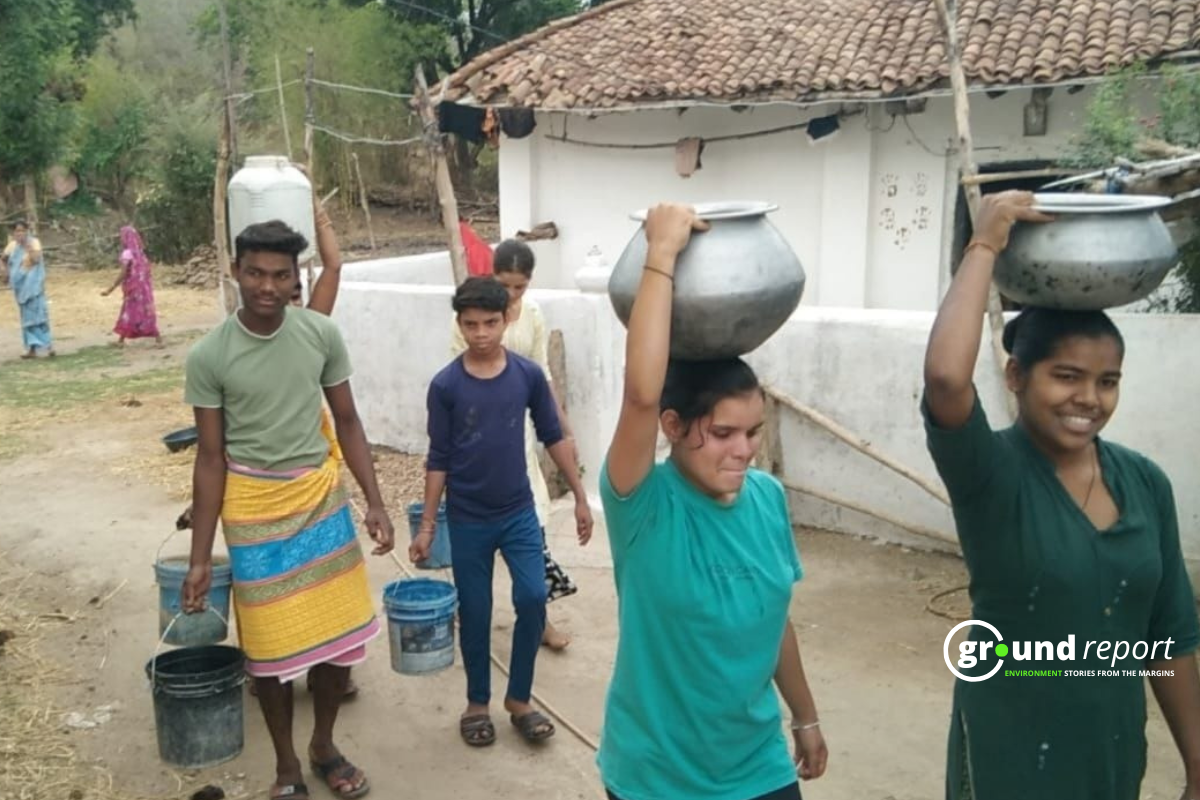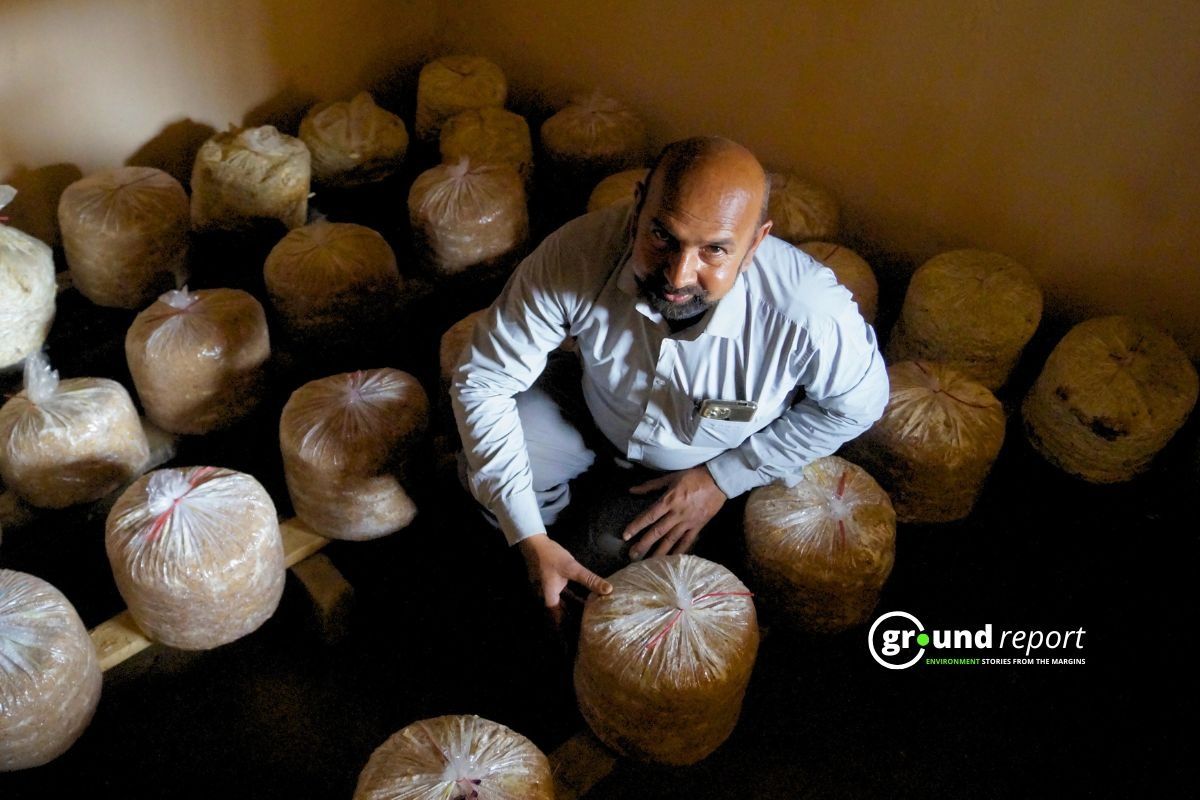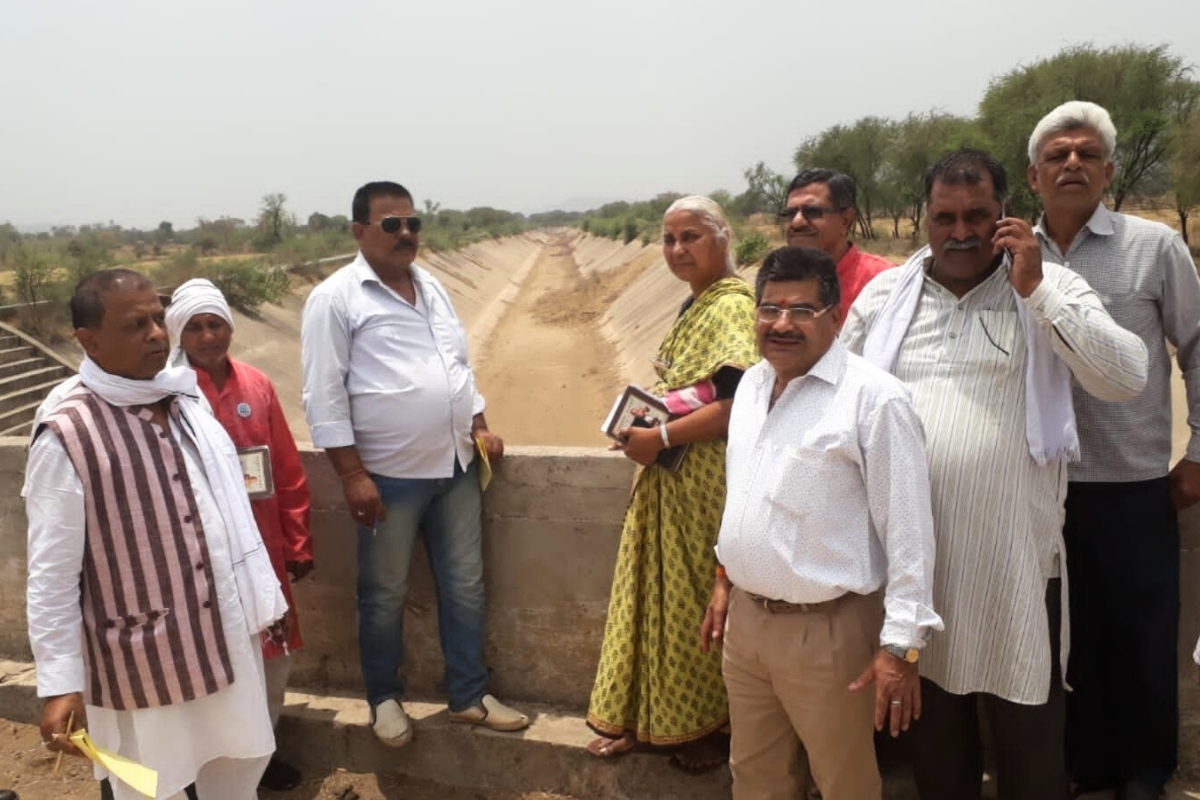A report by the World Wide Fund for Nature (WWF) revealed the discovery of 742 unknown species in the Congo Basin over the last decade. Titled “New Life in the Congo Basin: A Decade of Species Discoveries (2013-2023),” it underscores the region’s biodiversity and the need for conservation.
Spanning six countries—Cameroon, Central African Republic, Democratic Republic of Congo, Equatorial Guinea, Gabon, and Republic of Congo—the findings highlight new species of plants, invertebrates, fish, amphibians, reptiles, birds, and mammals. Discoveries include unique orchids, new coffee species, a clawed frog, a slender-snouted crocodile, electric fish, and a new monkey species, the “lesula.”
“I spent my early career carrying out wildlife surveys in many parts of the Congo Basin and was always astonished by its biodiversity. So this report does not come as a surprise to me but rather as a call to action,” said Dr. Allard Blom, WWF vice president for African forests. “We need to do more as the Congo Basin remains one of the least researched places on the planet and urgently needs additional protection.”
Biodiversity and conservation challenges
The Congo Basin, known as the “lungs of Africa,” is the world’s largest tropical peatland and a critical carbon sink, absorbing more carbon than it emits. It provides food, shelter, and cultural identity for over 75 million people and serves as a habitat for endangered species.
Dr. Martin Kabaluapa, WWF’s regional director for the Congo Basin, called the discoveries a “call to action” for governments, conservationists, and communities. “While celebrating these discoveries, we recognise the urgent responsibility to protect these ecosystems,” he said.
The report follows WWF’s 2024 Living Planet Report, which warned of a sharp decline in global wildlife populations, particularly in tropical regions. Jaap van der Waarde, WWF International’s head of conservation for the Congo Basin, emphasized the importance of partnerships. “Our goal is to ensure future generations experience the wonders of the Congo Basin,” he said.
The report focused on the role of indigenous communities in conservation. Moise Kono, WWF Cameroon’s indigenous peoples coordinator, stressed the importance of respecting the knowledge and rights of local populations. “For centuries, indigenous communities have lived in harmony with the forests. Recognising their knowledge is integral to conservation success,” he said.
The report celebrated governments’ commitments to protect 30% of their land by 2030, with WWF supporting these efforts.
Discoveries
-
Reptiles: 25 snakes, including cobras and pit vipers, 10 geckos, three chameleons, and a newly identified Central African Slender-Snouted Crocodile (Mecistops leptorhynchus).
-
Birds: a forest robin and an owl.
-
Mammals: Ten species, including a monkey (Cercopithecus lomamiensis), four shrews, three mice, and two bats.
-
Plants and Invertebrates: Many orchids and spiders.
The lesula monkey, discovered in the Lomami Basin of the Democratic Republic of Congo, is a significant find. Known to locals but only scientifically described in 2012, it represents the second new African monkey species identified since 1984.
The report concludes that the Congo Basin is a biodiversity hotspot and a lifeline for wildlife and human communities. As threats to ecosystems like the Amazon intensify, the significance of the Congo Basin has grown.
Support us to keep independent environmental journalism alive in India.
Keep Reading
Watch: Kashmir experiences first snowfall of season after dry spell
Amarnath Yatra: Tackling rising death toll from extreme weather events
Tourists arrival in Kashmir break records, a need to regulate it?
From tourist paradise to waste wasteland: Sindh River Cry for help
Follow Ground Report on X, Instagram and Facebook for environmental and underreported stories from the margins. Give us feedback on our email id greport2018@gmail.com.
Don’t forget to Subscribe to our weekly newsletter, Join our community on WhatsApp, and Follow our YouTube Channel for video stories.






